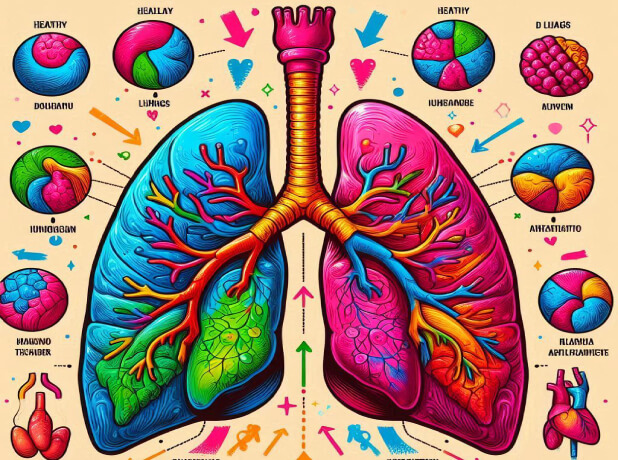The effects of blood cell salvage on transfusion requirements after decannulation from veno-venous extracorporeal membrane oxygenation: an emulated trial analysis
Abstract Background Veno-venous extracorporeal membrane oxygenation (VV-ECMO) is a supportive therapy for acute respiratory failure with increased risk of packed red blood cells (PRBC) transfusion. Blood cell salvage (BCS) aims to reduce blood transfusion, but its efficacy is unclear. This study aimed to estimate the effect of BCS at the time of removal of the […]









